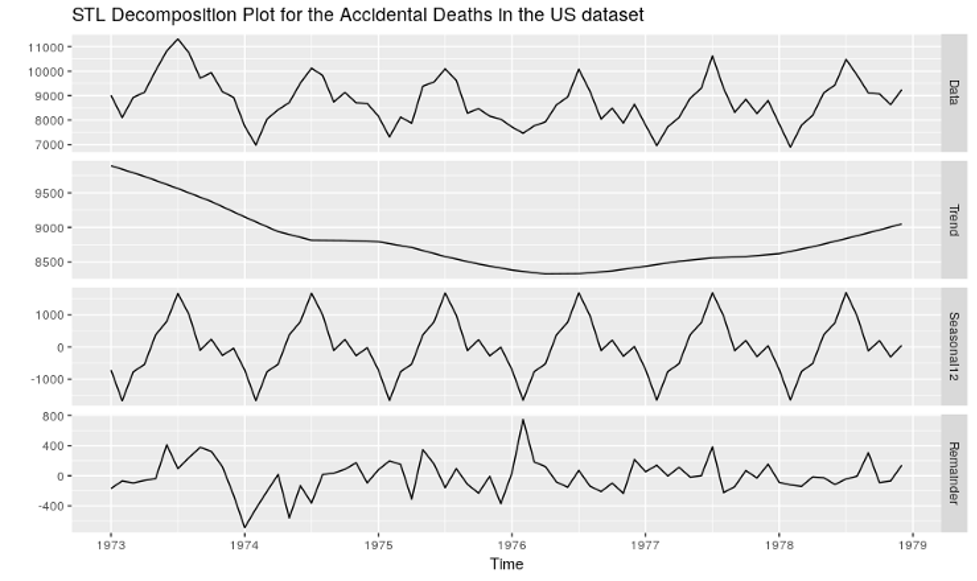Many organizations are racing to embrace Agile frameworks, not just for technical projects but as a philosophy to improve organizational health and performance. New insights from McKinsey indicate that in addition to its widely advertised benefits, Agile adoption also improves operational performance, employee engagement, and customer satisfaction. So, cumulatively, they have a positive impact on the bottom line.
In this post, we aim to reiterate essential highlights of this research and observations that we have found extensively helpful as a company.
The McKinsey research highlights five cornerstones for building organizational agility – People, Processes, Structure, Technology, and Strategy. While most organizations have been able to effect this agility mostly at the team levels, enough teams operating on these principles lead to a shared growth mindset and flexibility.
Technology-aided growth and flexibility
For example, at Excellarate, we empower clients with next-generation technology capabilities that power their products and bring these products to the market cost-effectively and efficiently. The lessons and insights from this workflow in both directions. As we implement these solutions for our clients, we implement lessons learned in our processes. This “backward integration” opens our minds to new concepts and intelligence and makes us much more innovative.
The research also states solid metrics that measure how these cornerstones collectively improve the organization. They focus on measuring – financial performance, customer satisfaction, employee engagement, and operational agility. Different leaders in the organization focus on metrics based on their individual goals and responsibilities. However, able leaders keep the over-arching goals in mind and understand how their metrics contribute positively.
With the Agile mindset, teams need to be aligned to deliver. As they do so, they think like a hive mind with a shared language. This shared thinking has a multiplicative effect and can deliver a quantum jump in the output, thereby delighting the customer.
Improving employee engagement
An agile mindset also helps in improving employee engagement. Employees tend to stay longer with the organization because they enjoy doing what they do. They experience a feeling of fulfillment and purpose. This feeling reflects in the work they deliver and delights the customer, who stays with the company for longer. Not to toot our own horn, but Excellarate has an average employee attrition rate in the single digits. Employees tend to stay for an average of five years, while the industry average is about one year. More than 90% of clients are long-term clients who have never felt the need to find other technology partners.
An agile working environment encourages employees to leave their safe space without fearing judgment. This environment helps them see how they can grow as professionals and as enlightened citizens of the world. As McKinsey’s research puts it, an Agile mindset helps employees develop a strong sense of autonomy, mastery, and purpose.
This kind of talent is crucial in agile transformation projects or projects where the core fabric of customers is likely to change. Cross-functional mature teams take end-to-end ownership of projects and operate autonomously. Most members have deep T-shape skills where they are masters of one specific area but can apply their knowledge over a broad set of conditions. Since all members have faith in the organization and their learnings, they can quickly orient themselves around a specific goal and interpret what that means in terms of deliverables and responsibilities.
Improving Operational metrics
An agile way of working eliminates internal bottlenecks and does away with the “passing the buck” mentality. This way of thinking helps organizations move faster by cutting down time-to-market by as much as 40 percent. In addition, in several service-focused organizations, agility improves how they respond to customers’ needs, thereby improving satisfaction and driving significant gains in productivity.
Most trailing companies barely reach their targets or miss them altogether too often, resulting in poor investor and customer value. Agile companies, on the other hand, meet and exceed customer expectations and often meet their target goals faster, even in the face of deteriorating market conditions. More importantly, agile companies reassure customers and investors of the consistency of predictability of performance.
By eliminating large hierarchies across the organization, teams are more autonomous and empowered to apply their learnings, experience, and knowledge without waiting for someone else’s say. This empowerment improves the business’s pace, making them highly competitive and often able to define industry inflection points.
Parting thoughts
While most agile transformations begin with the goal of saving cost, the intangibles often lead to tangible value in the long term. This is not to say that there are no direct cost savings. For example, improving operational metrics is one of the goals of an agile transformation. In addition, companies undergoing an agile transformation often reinvest savings to attack more enormous market opportunities.


